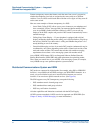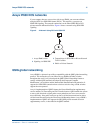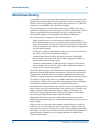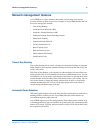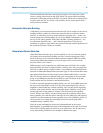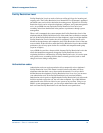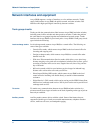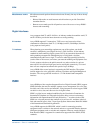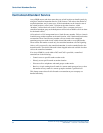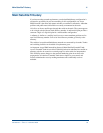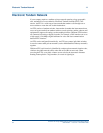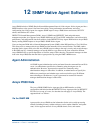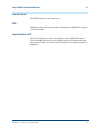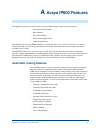
Centralized Attendant Service 11
Overview for Avaya IP600 Internet Protocol Communications Server
555-233-001 — Issue 5 — November 2000
92
Centralized Attendant Service
Avaya IP600 owners who have more than one switch location can benefit greatly by
using the Centralized Attendant Service (CAS) feature. CAS reduces the number of
required attendants, and, in most cases, all those attendants can be located at one of
the switch locations, called “main.” Switches at the other locations, called
“branches,” redirect their calls to the CAS main. Thus, a company can have a
centralized attendant group at the headquarters office and can handle calls from there
for the branch offices.
All locations in a CAS arrangement have a listed directory number. Calls to a branch
listed directory number terminate at the main location, even if the branch location has
an attendant. These listed directory number calls are routed to the centralized
attendant group over trunk circuits called release-link trunks or over QSIG trunks.
These release-link trunks are used only for centralized attendant calls and signaling.
After a call is processed by the centralized attendant, it can be extended back to the
branch location. The release-link trunk is then dropped and made available for other
calls to the centralized attendant.
If an Avaya IP600 is a node within a DCS and CAS is provided, a centralized
attendant can do the following:
• Control access to specific trunks at other nodes
• Directly access specific trunks at another location
• Place test calls to telephones and trunk groups at other nodes
• Receive a visual warning that all trunks in a remote trunk group are busy or that
the number of busy trunks in a remote group has reached a specified level
This feature ensures that all calls directed to an attendant at your company are
handled efficiently.



